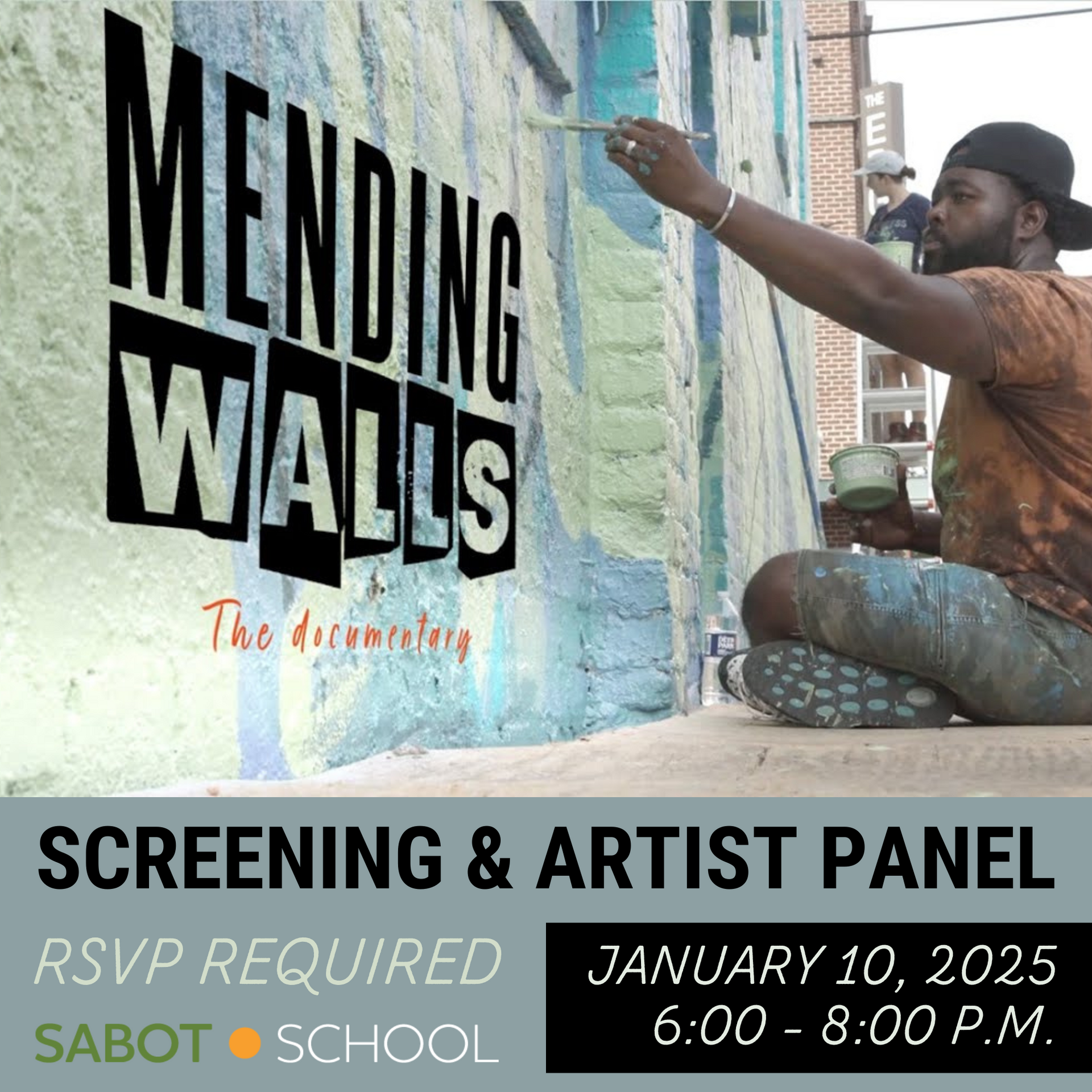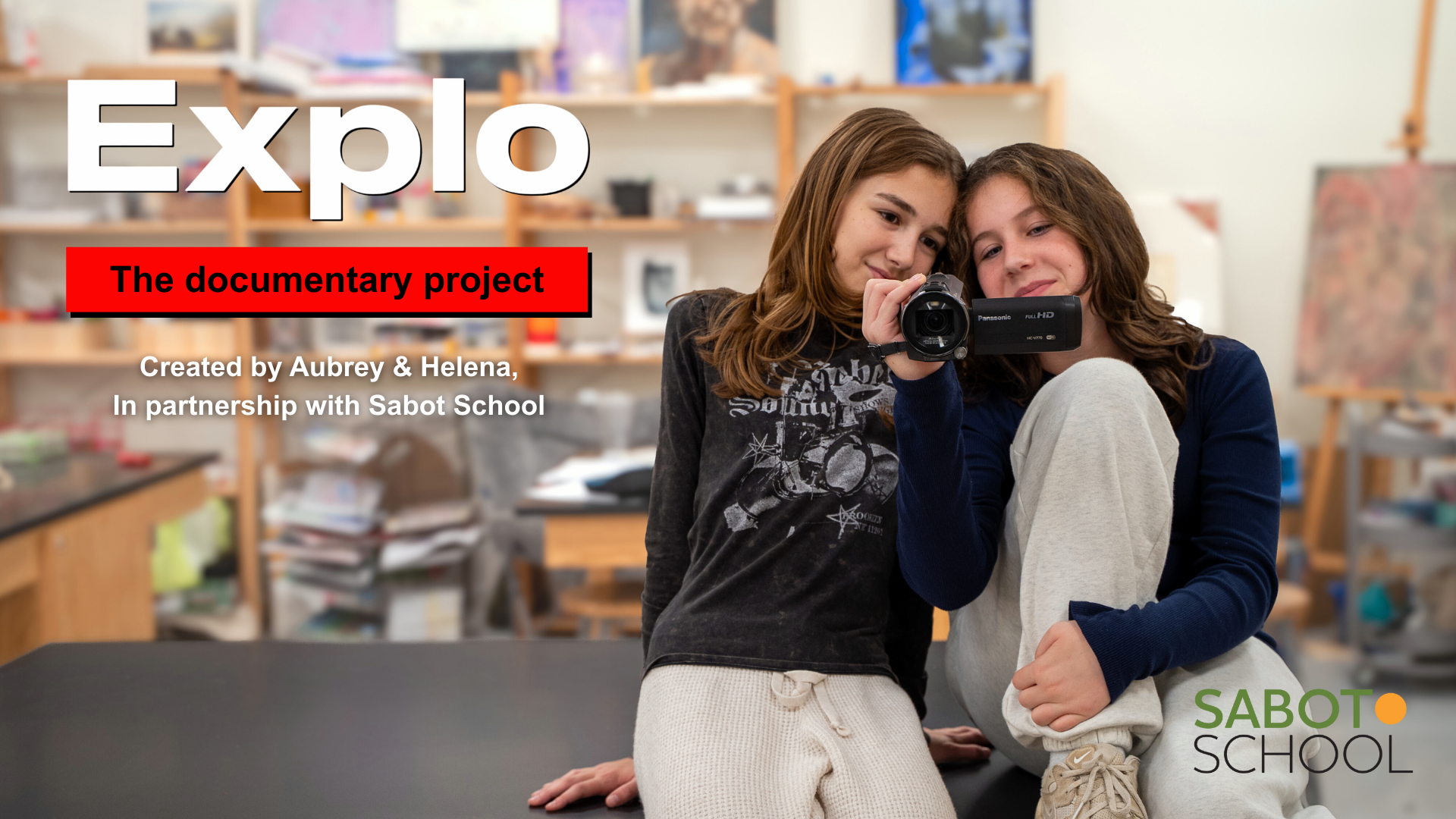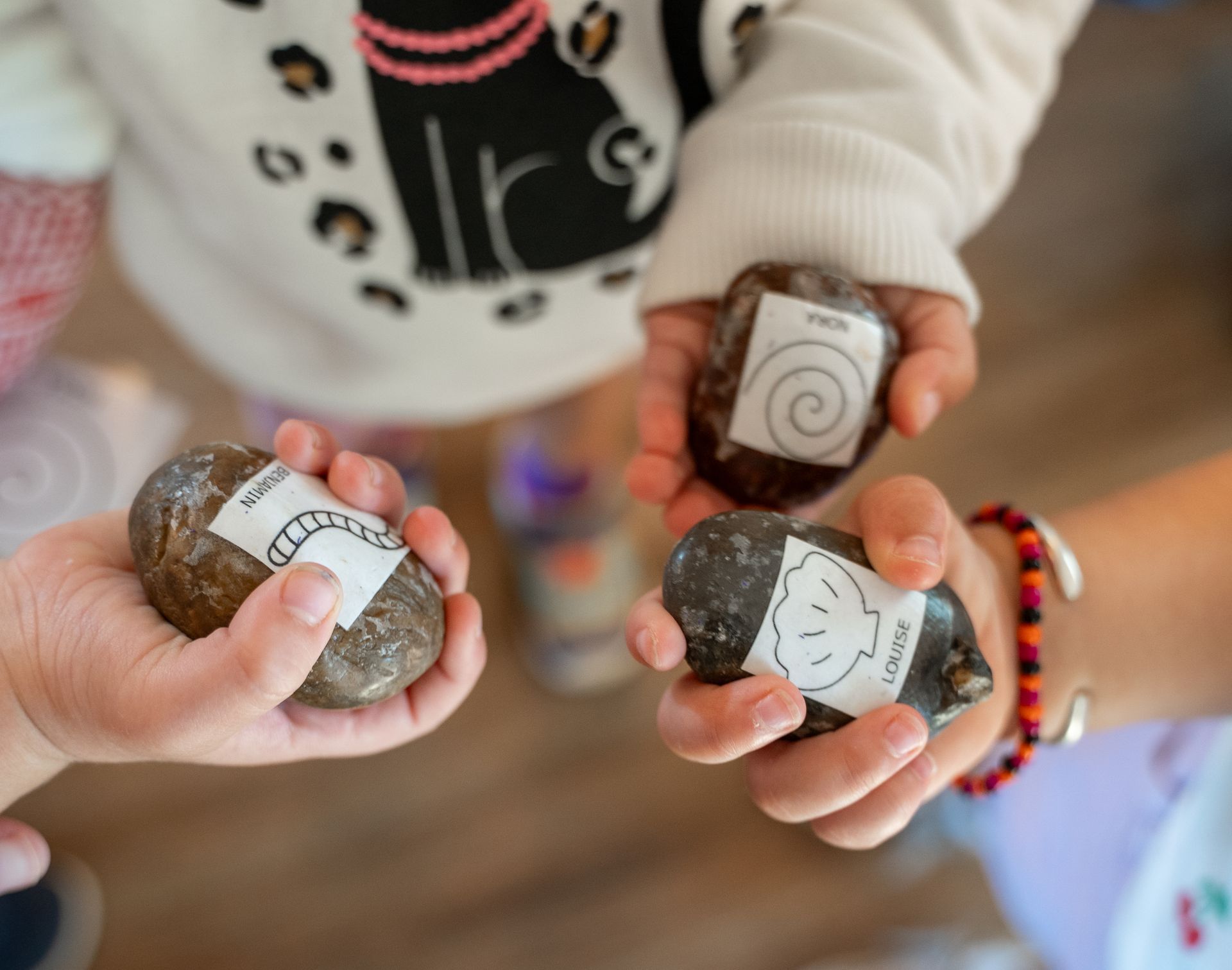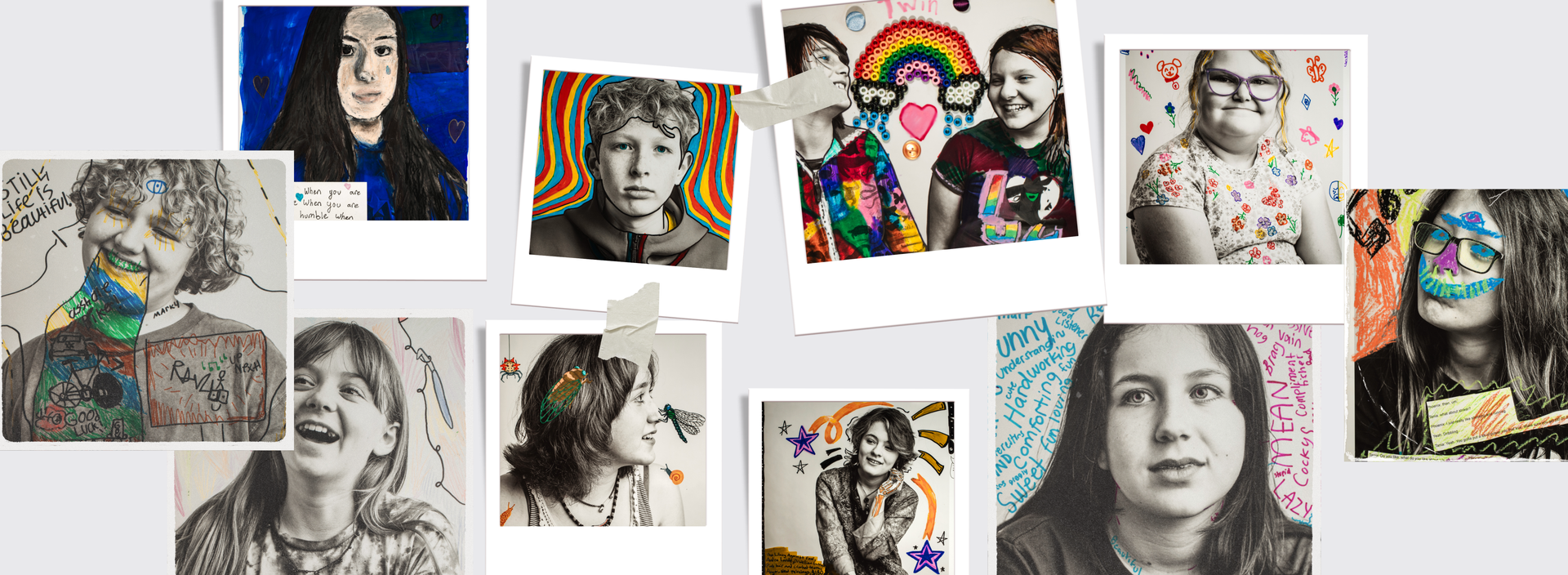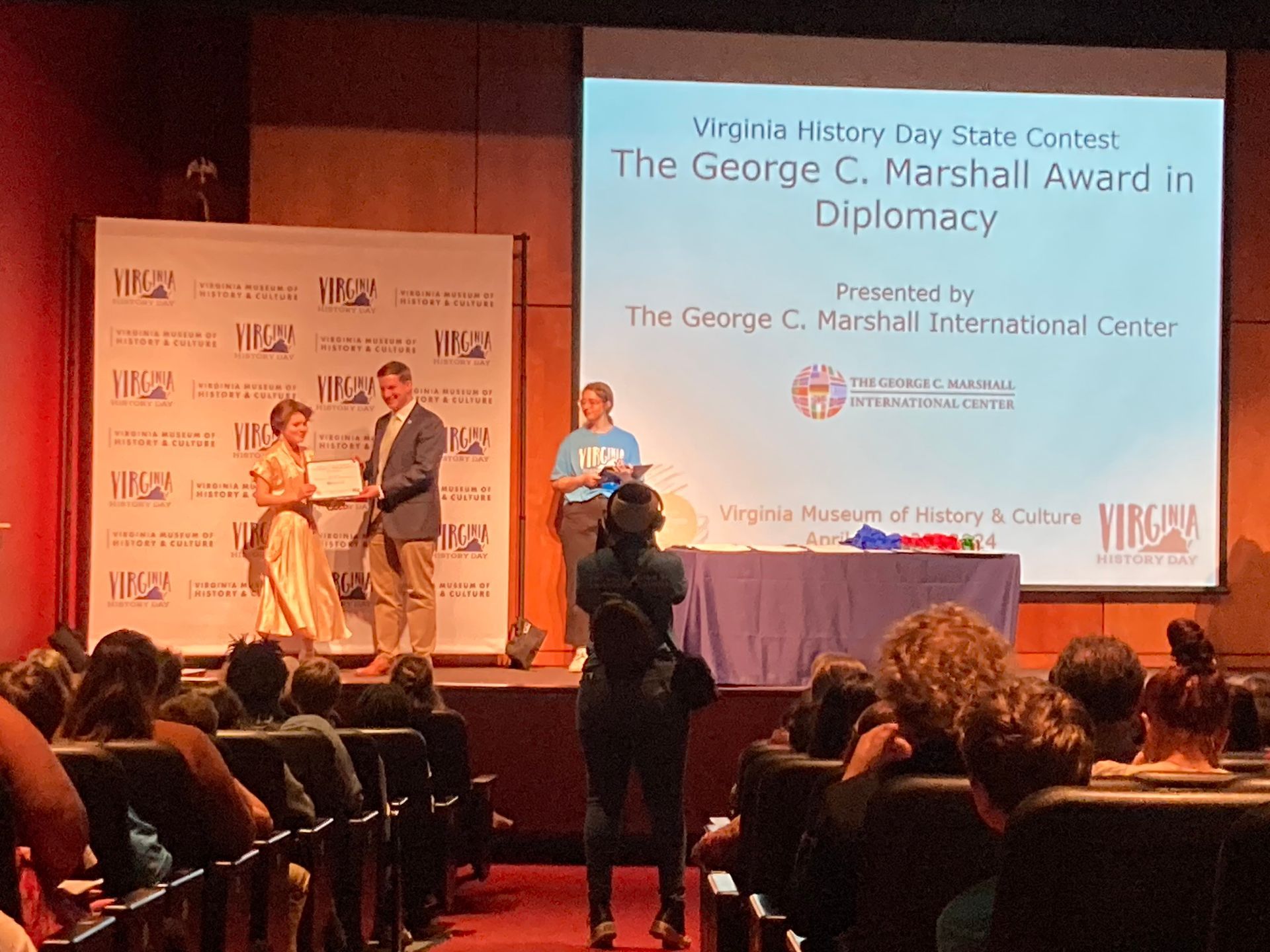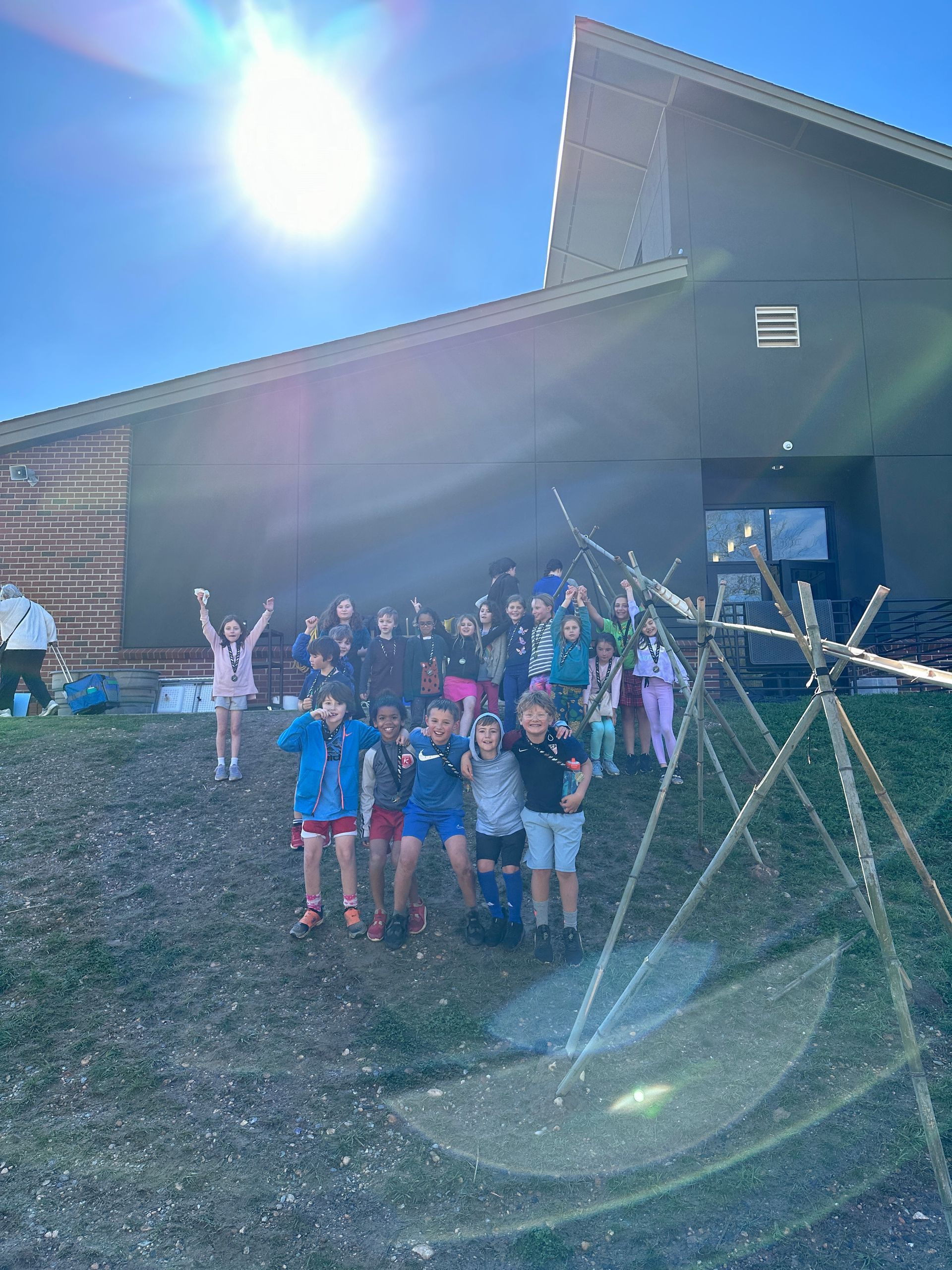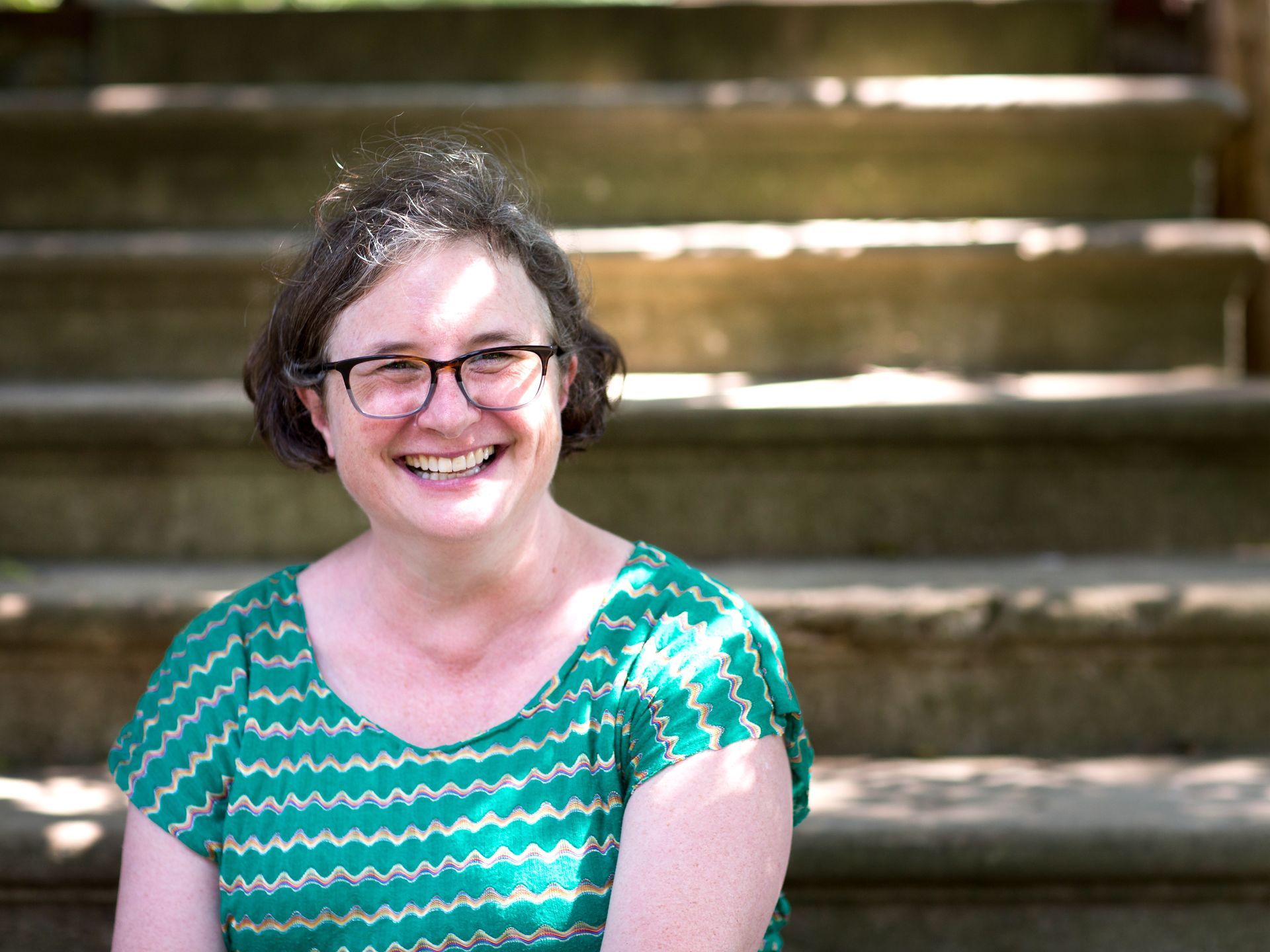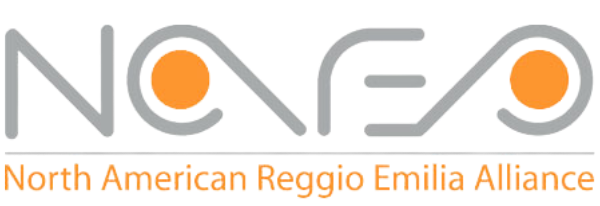Bridges and Boats: Problem Solving in Fifth Grade
By Jon Patmore and Marla Wilson, Fifth Grade Teacher-Researchers
What do you do when you are faced with a problem? You might complain. You might try to ignore the problem, hope it goes away, or just do something else instead. You might try to fix it by doing something that has worked to solve other problems in the past or try something random and cross your fingers. However, to solve a new problem, you might decide to use some sort of strategic approach. One such approach is the design cycle. Another more formal, documentation-based strategy is the scientific method.
Problems big and small arise in just about every area of our lives. In fifth grade, as part of our effort to support and foster problem-solving across the curriculum, we incorporate the design cycle and the beginnings of the scientific method into our work. These systems are critical to internalize if we are going to solve problems that have not been solved before, whether by us or ever, at all.
Problem-solving comes up in every subject area, and it is a primary human activity. (Even non-humans work to fix things and figure things out.) However, at Sabot, we take a social constructivist approach, so we emphasize another dimension in our process: teamwork. We not only ask the students to implement the design cycle and the scientific method individually, but also as a group. This means the class can work together to define a problem, learn from the mistakes and insights some might make or have, and reflect on the range of results that everyone gets.
The group approach is important, not just in the context of the classroom, but for us as citizens of the world. It is no longer enough to problem-solve as individuals. In the STEM fields, for example, the isolated genius making breakthroughs in their personal laboratory is a relic of the past. Teams work with other teams and collaborate to try to solve problems more complicated than any individual mind can tackle.
In Math/Coding/Science, we have been focusing on using the design cycle, first applying this approach (Define the problem; Research and access past knowledge; Try a solution; Reflect and improve) to the tinfoil boat challenge. The goal was to make a boat from a 12” x 12” sheet of foil which could hold as many pennies as possible, with a homework pass on the line as the prize (for anyone needing a little bit of external motivation). Per the rules of the challenge, each team of two would receive two sheets of tinfoil, one at a time, and each team would have two trials.
Faced with a problem to solve, partners could–and did–construct the knowledge necessary to build an effective tinfoil boat together. However, as the class went through the design and building process, teams also observed each others’ trials. This gave them the benefit of up to eight trials per round, not just their own.
Each team had many theories about what would help a foil boat carry the most weight in Round One. A reinforced hull! A pocket of air! An enclosure over the top! Scrunching the foil to make it thicker! But, after Weston and Carlin’s boat, with a moderately tall, rounded hull, and a flat bottom, floated a mind-boggling 297 pennies (We ran out of pennies before it sank) everyone’s design began to look more alike.
From there, at least three interesting things happened in the problem-solving process:
- First, almost every team took a big leap forward from Round One to Round Two, with many teams increasing their penny loads by an order of magnitude. We expected this, but it was exciting to see, nonetheless.
- Second, a couple of teams, including the duo of Nathan and Harper, decided that, if a medium-tall hull was good, a hull as tall as possible would be even better. They would make a boat “with just a little opening at the top to put the pennies in.” The high-sided boats, alas, could not stay upright and quickly took on water. While this was frustrating for those teams, everyone else took note of their findings and factored them into their own designs.
- Third, for their second boat, Leo and Miles made a refined version of Weston and Carlin’s craft. By this time, we had acquired more pennies for testing, and Leo and Miles’s total surpassed Weston and Carlin’s by almost another dollar’s worth, officially winning the prize.
We had a second challenge for those who had time: make the tiniest boat (as measured in tinfoil area) which would float one penny. Teams each got a total of one 12” x12” sheet of foil and could make as many small boat iterations as the sheet would allow. Nathan and Harper won this challenge. This time, they made the first tiny boat to float a penny at all and then made several trials, removing small bits of foil each time.
By this point, the group had formed new knowledge from their work with the boats. We wanted to support them to access that knowledge, but we also wanted to make sure that the third challenge was just different enough to make using the design cycle necessary again. Teams had to make a bridge from a single piece of paper and no more than five paper clips that would support as many pennies as possible. Again, there was a homework pass in it for the pair whose bridge held the most. But this time, we saw a huge difference. On the morning the challenge began, each team wanted to build a wall around their work and not let anyone see or hear them. They were afraid that sharing their ideas with others would cost them.
After lunch, we reconvened the group and asked them to say what they could get out of this challenge. Their ideas were:
- A homework pass
- The joy of accomplishing something you didn’t know you could do for sure
- The joy of helping others if you helped them to do well
- Bragging rights
We reminded the group that these lessons were about problem-solving more than anything else. Then, we pointed out that, for the challenges we face today as a species, we are going to have to work together in order to succeed. No single person or idea is going to undo climate change, for example. Furthermore, we wanted each individual fully engaged in the project, using their best thinking to move the group as a whole forward. We asked them how to restructure the challenge so that they could learn from each other and work hard as individuals. Their suggestion was: if the group can get every team to build a bridge that will hold 150 pennies, everyone would win a homework pass. Knowing that one team had already reached the 150 penny mark, we upped the number to 160. Otherwise, we agreed.
As soon as we dismissed the group, the atmosphere changed completely. Barricades came down immediately and people began sharing their best suggestions with other groups.
The first two teams officially tested their bridges. They are similar in concept, involving cylindrical structures with holes for placing the pennies. Both of those teams breathed sighs of relief amid cheers from classmates and teachers when they reached 160 pennies, and both teams wanted to keep going. Each of their structures eventually held over two hundred pennies. Bragging rights may still be involved.
This process shows up in different forms throughout the classroom. In Science, we are working toward using the scientific method to design, conduct, and report out on plant experiments. The group is charged with giving feedback and approval for moving forward. In Literacy, we are reading a complex mystery, and the class is collaborating on solving it by collecting clues, tracking strands, and sharing theories with the group. In Village, citizens are writing laws to address issues as they arise. The laws are subject to revision and voting by the class.
Throughout all of these seemingly diverse projects and lessons, the class is learning content and process. They are also learning to harness the power of thinking and refining their ideas as a group, which will ultimately equip them to solve the problems of the future.
The post Bridges and Boats: Problem Solving in Fifth Grade appeared first on Sabot at Stony Point.
SHARE THIS POST
